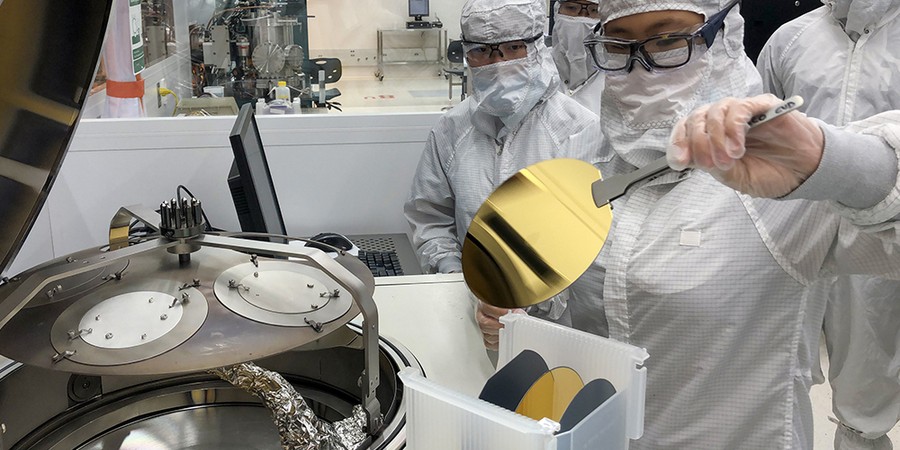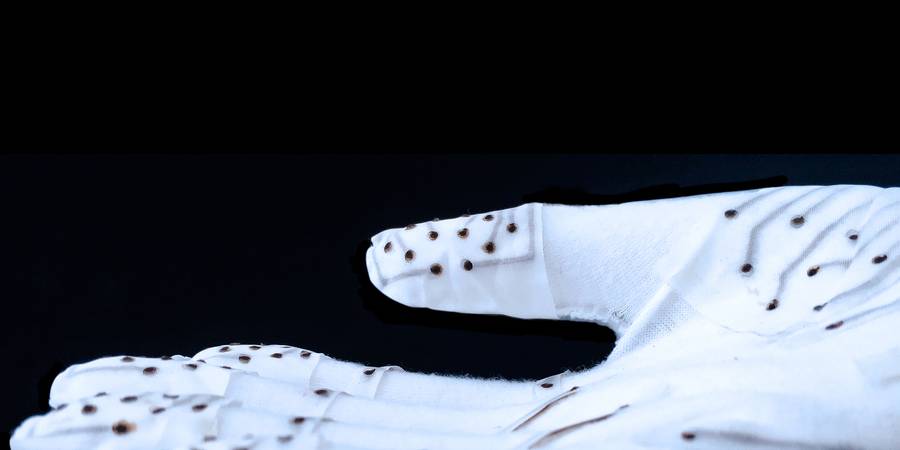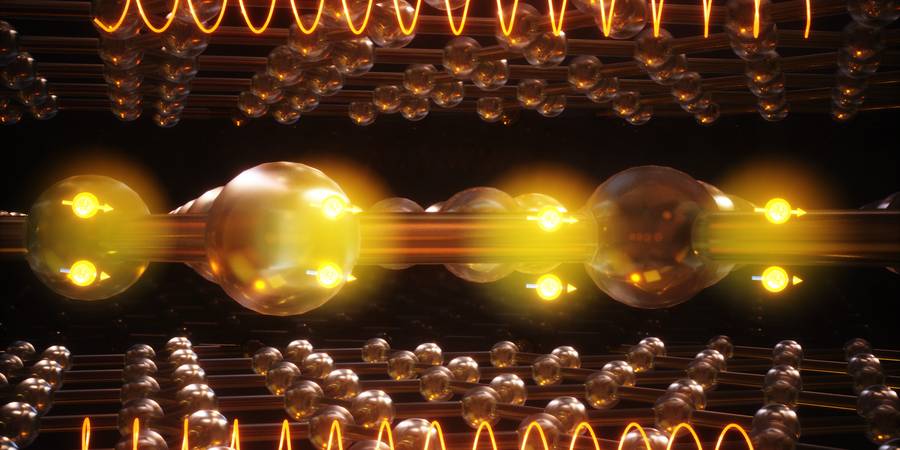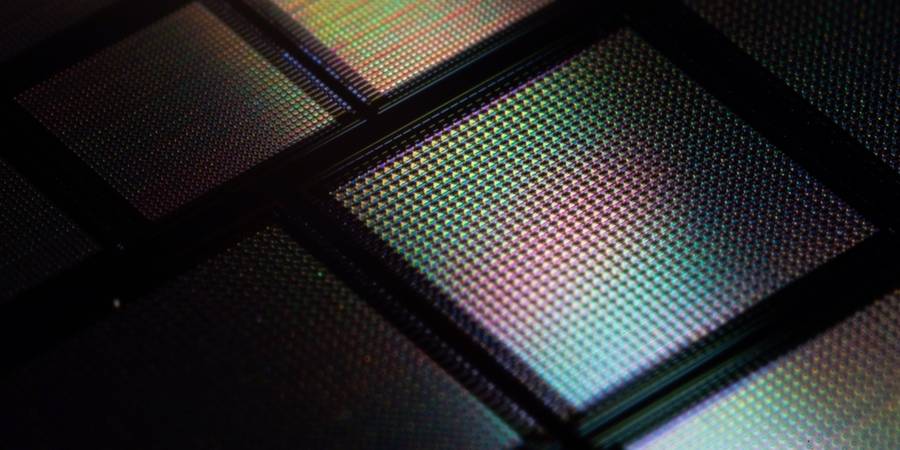Education and Workforce Development for the U.S. Microelectronics Industry
Thursday, February 3, 2022 | 9:45am - 5:00pm EST
Organized by State University of New York, Massachusetts Institute of Technology, and Rensselaer Polytechnic Institute
Reasserting U.S. Leadership in Microelectronics
Adam Zewe | MIT News Office
MIT researchers lay out a strategy for how universities can help the U.S. regain its place as a semiconductor superpower.
Clean Room as Classroom
Amanda Stoll | MIT.nano
MIT undergraduates are using labs at MIT.nano to tinker at the nanoscale, exploring spectrometry, nanomaterial synthesis, photovoltaics, sensor fabrication, and gowning up in a bunny suit and performing hands-on research inside a clean room.
Electrochemistry, from Batteries to Brains
Matthew Hutson | Department of Nuclear Science and Engineering
Bilge Yildiz’s research impacts a wide range of technologies, and what brings all this together is the electrochemistry of ionic-electronic oxides and their interfaces.
Pablo Jarillo-Herrero Receives Max Planck-Humboldt Research Award
Sandi Miller | Department of Physics
The Max Planck Society and Alexander von Humboldt Foundation honor the MIT physicist's work on two-dimensional quantum materials.
Mixed Conduction in Polymeric Materials: Electrochemical Devices from Biosensing to Neuromorphic Computing
Wednesday, September 15, 2021 | 1 pm ET
Speaker: Alberto Salleo, Stanford University
This Touchy-feely Glove Senses and Maps Tactile Stimuli
Jennifer Chu | MIT News Office
The design could help restore motor function after stroke, enhance virtual gaming experiences.
“Magic-angle” Trilayer Graphene May Be A Rare, Magnet-proof Superconductor
Jennifer Chu | MIT News Office
New findings might help inform the design of more powerful MRI machines or robust quantum computers.
IBM Analog Hardware Acceleration Kit: A Flexible and Fast PyTorch Toolkit for Simulating ANN Training and Inference on Resistive Crossbar Arrays
Wednesday, February 24, 2021
Speaker: Malte Rasch, IBM
Engineers Put Tens of Thousands of Artificial Brain Synapses on a Single Chip
Jennifer Chu | MIT News Office
MIT engineers have designed a “brain-on-a-chip,” smaller than a piece of confetti, that is made from tens of thousands of artificial brain synapses known as memristors — silicon-based components that mimic the information-transmitting synapses in the human brain.










